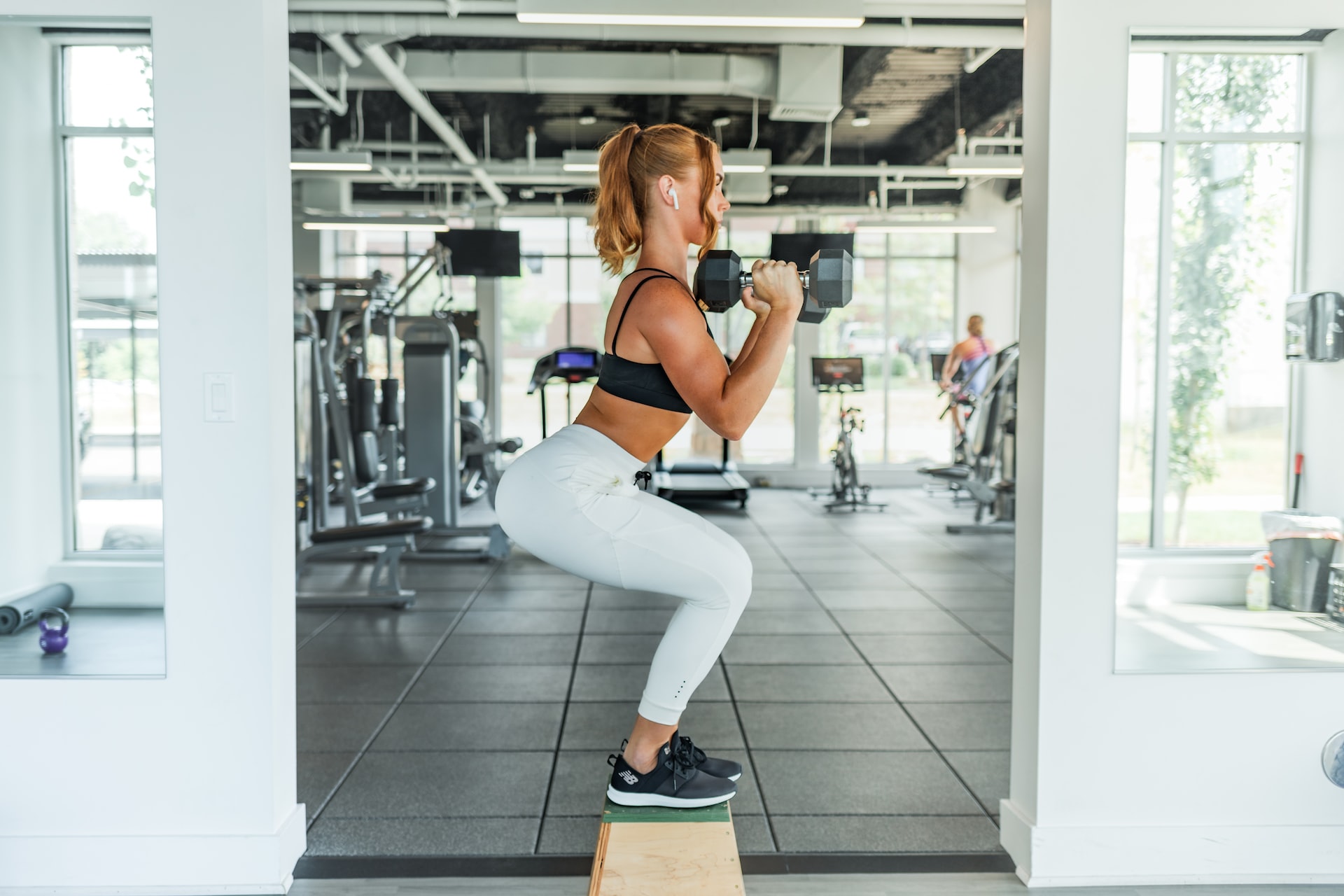The Ultimate Guide to Resistance Training: How to Maximize Your Gains and Burn Fat Fast

Resistance training is a popular form of exercise, because it can help you build muscle and strength while burning fat. It’s an effective way to get in shape quickly, but there are a few key things that you need to know in order to maximize your results.
Let’s take a look at what resistance training is all about, why it works so well for building muscle and fat loss, how to set up an effective resistance training program for yourself, and provide a few tips on how you can maximize your gains from each workout session.
Table of Contents
What Is Resistance Training?
Resistance training is any type of physical activity that involves using external or bodyweight forces against muscles or joints in order to increase their strength or endurance. This could include activities like weightlifting with free weights or machines, performing exercises such as push-ups, pull-ups, squats or lunges, using resistance bands, or even hiking uphill with a backpack full of rocks. Any form of movement where muscles must work against a force – whether it be gravity itself (bodyweight exercises), added weight (barbells), elastic bands – qualifies as “resistance training”.
Why Should You Do Resistance Training?
There are plenty of benefits associated with regular resistance training! For starters, people who consistently perform resistance training workouts have better overall health than those who don’t – including a reduced risk for chronic diseases like diabetes and heart disease and improved bone density and joint mobility/stability. This type of exercise also places a higher physical demand on the body, which can boost your metabolic rate for up to 72 hours after the workout. By elevating your metabolism, it becomes easier to lose excess fat fast without sacrificing lean muscle mass along the way. This phenomenon is unique to resistance training, because it can target multiple muscles simultaneously, which stimulates more growth hormone production to drive building or maintaining strong muscles even when losing fat.
How To Set Up An Effective Resistance Training Program
To set up an effective resistance training program tailored specifically towards your personal fitness goals, begin by assessing your current level of strength, ability, and training history. Based on these factors, you’ll need to decide which specific movements to focus on and how often those movements should be repeated each week. Beginners might implement mostly basic compound lifts whereas an advanced lifter might incorporate more isolation movements alongside the compound exercises.
The next step is to select the appropriate number of repetition and sets per exercise. Again beginners might shy towards higher repetitions of 12 to 15 reps for 2 to 3 sets to first build muscular endurance, while an advanced lifter may work between 3 to 12 repetitions for 3 to 5 sets to optimize strength gains. If your goal is building muscle, you can achieve this with either higher or lower repetitions as long as you reach near failure with your lifts.
Finally, the last part of setting up an effective resistance training program is planning out your rest days between sessions. In the beginning, you may need a rest day between each workout, but as your body adapts and you develop a training history you may only need 1 or 2 rest days a week. Recovery is vital to not only get the best results, but also to prevent overtraining injuries down road too.
Tips For Maximizing Your Results From Each Workout Session
Here are a few tips that can help you maximize your results from each workout session:
- Set specific and achievable goals for each workout session. This will help you stay focused and motivated during your workout.
- Warm up properly before starting the workout. A proper warm-up can help prepare your body for the physical demands of exercise, reduce your risk of injury, and improve your performance.
- Use proper form and technique when performing each exercise. This will help you get the most out of your workout and reduce your risk of injury.
- Incorporate a variety of exercises and training methods into your workout routine like negatives or drop sets. This will help keep your workouts interesting and challenging, and will help prevent plateaus in your progress.
- Pay attention to your body and listen to your physical sensations during your workout. If you feel any pain or discomfort, stop the exercise and adjust your form or technique.
- Stay hydrated throughout your workout. Dehydration can impair your physical performance and make it difficult for your body to recover after.
- End your workout with a proper cool-down and stretching routine. This will help your body recover sooner for your next workout.
Follow the methods outlined above and you’ll find it much easier to reach your goals whether that’s toning up, gaining strength or losing fat. With the right attitude and dedication to the process, you will soon start seeing results.
